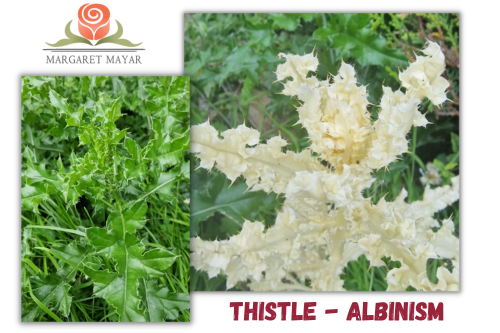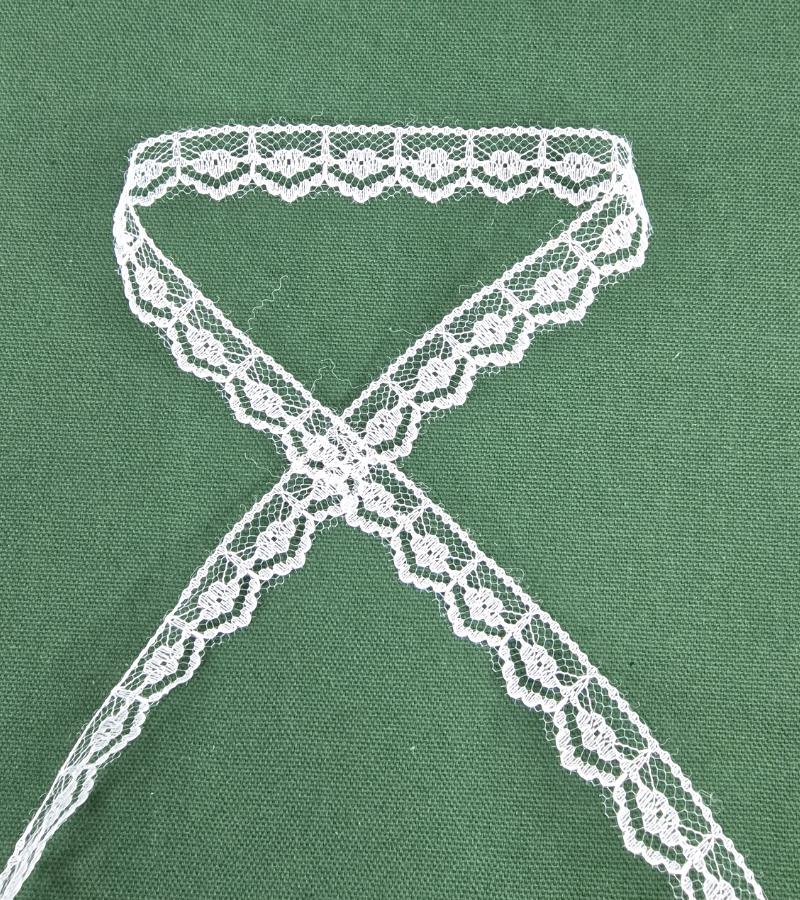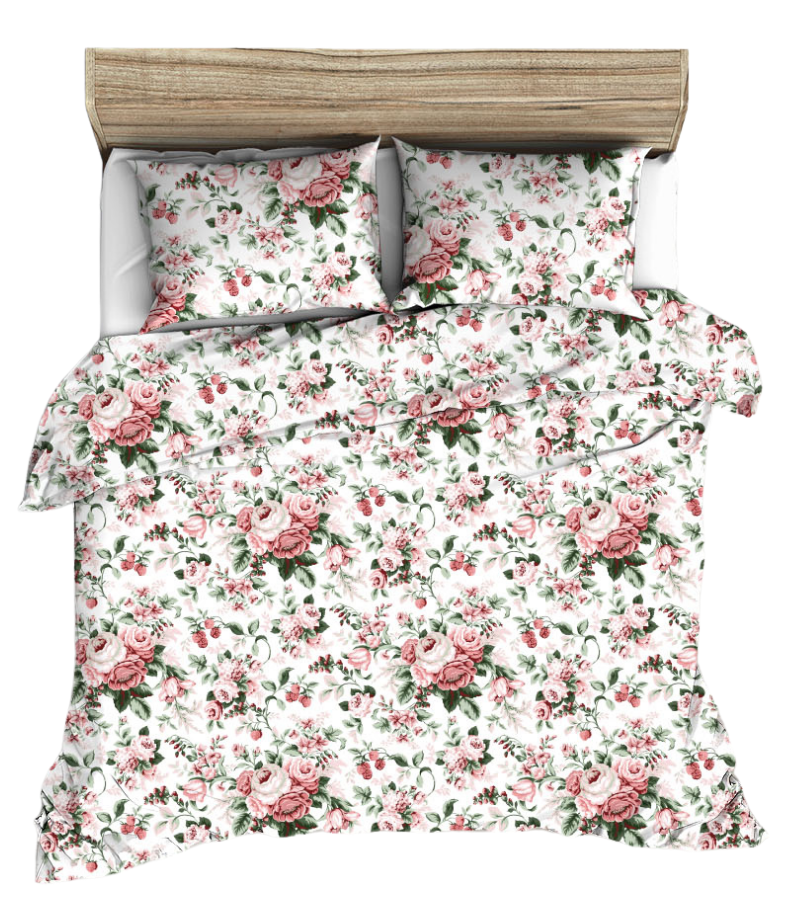A beautiful, well-kept garden pleases the eye. However, we must remember that the basis of healthy and beautiful plants is a healthy, nutrient-rich soil. Nutrients are found in humus. We very often make a mistake removing plant debris from the garden. Then, caries do not arise, because there is no use for it. If we want to have a “clean” garden, it is worth managing plant residues to make compost. Virtually all plant residues, organic waste (except meat and animal excrement) are suitable for composting. It is better not to compost weeds with seeds, diseased plants. Compost is ready after 9-12 months. The finished compost is spread over the ground with a layer of at least 2 cm thick, and then mixed with it. In the case of lawns, spread the compost to a thickness of about 1 cm and then rake the surface of the lawn.
The second way to fertilize is manure. We are going fresh in about 4-6 kg / meter squared. Since fresh manure with a bad smell is not suitable for home gardens. Granular manure does not have this disadvantage. It is also free from pathogenic organisms, eggs, insect larvae and seeds. This fertilizer is produced in the process of fermentation, gas and manure gas.
Unfortunately, it often happens that we cannot compost ourselves. Manure, which is a very good fertilizer, does not have to contain enough nutrients that our plants need. Then we are left with synthetic plant feeding. Currently, there are many high-quality fertilizers on sale, even for specific plants. Synthetic fertilizers are not bad, as long as they are used in accordance with the manufacturer’s instructions. We offer loose fertilizers, in the form of granules, gels or in liquid form. After applying the fertilizer, it is worth mixing it with the soil, if possible. A convenient form is the use of slow-release fertilizers. It very often happens that due to the multitude of activities, we forget about fertilizing our plants – the use of slow-release fertilizer will allow us to eliminate such situations. Plants will thank us with their beauty.
































